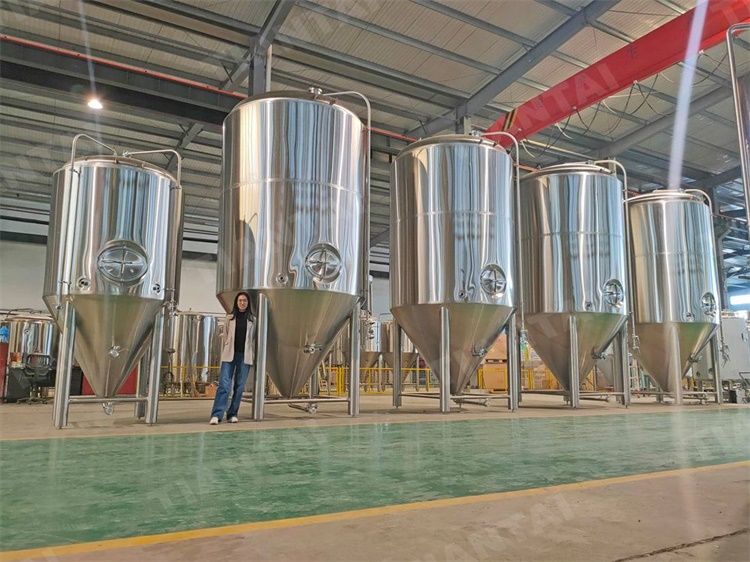.jpg)
Apple Selection and Preparation:
Choose a mix of apple varieties to create a balanced flavor profile. Some apples are better for sweetness, while others contribute acidity or tannins.
Wash and sanitize the apples to remove any dirt or contaminants.
Milling or Crushing:
The apples are crushed or milled to break them down into smaller pieces. This increases the surface area of the apples, making it easier to extract juice.
Pressing:
The crushed apples are placed in a press, which squeezes out the juice.
The collected juice is known as "must."
Fermentation:
The must is transferred to a fermentation vessel, often a large container or barrel.
Yeast is added to the must. The yeast consumes the sugars in the juice and produces alcohol and carbon dioxide as byproducts.
Fermentation can take several weeks, during which the cider develops its flavor and alcohol content. The temperature and yeast strain used can influence the taste.
Racking:
After fermentation is complete, the cider is siphoned off the sediment (lees) that has settled at the bottom of the fermentation vessel. This process is called racking.
Racking helps clarify the cider and improve its flavor.
Aging:
The cider is often aged for a period of time to allow flavors to mellow and develop.
Some ciders are aged in oak barrels, which can impart additional flavors and aromas.
Blending (Optional):
If multiple batches of cider have been produced, they can be blended to achieve a consistent flavor profile.
Filtering and Clarifying:
The cider may be filtered to remove any remaining sediment or particles, resulting in a clear and visually appealing product.
Carbonation (Optional):
If you want a sparkling cider, you can introduce additional sugars or add carbonation before bottling. This can be achieved through various methods, such as adding priming sugar or force carbonation.
Bottling:
The cider is carefully transferred into bottles, leaving any sediment behind.
Seal the bottles with caps or corks, ensuring they are airtight.
Maturation (Optional):
Some ciders benefit from a period of bottle maturation, during which flavors continue to evolve.
Enjoyment:
Once the cider is fully bottled and matured, it's ready to be enjoyed!
Chill the cider before serving, and pour it into glasses to savor its flavors and aromas.
Remember that the specific steps and techniques can vary based on the cider maker's preferences, the type of cider being produced (still or sparkling), and the equipment available. Experimentation and attention to detail can lead to unique and delicious ciders.
Thank you very much for your reading.
Contact person:Helen Lee
Contact email:[email protected]




.jpg)

Get In Touch